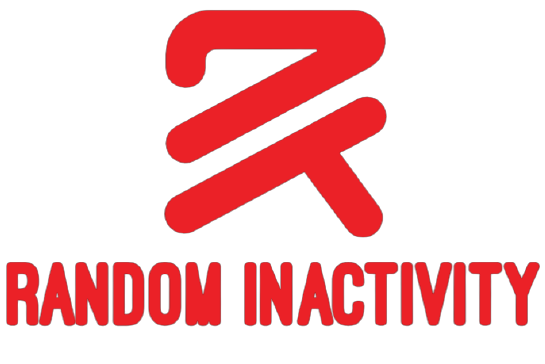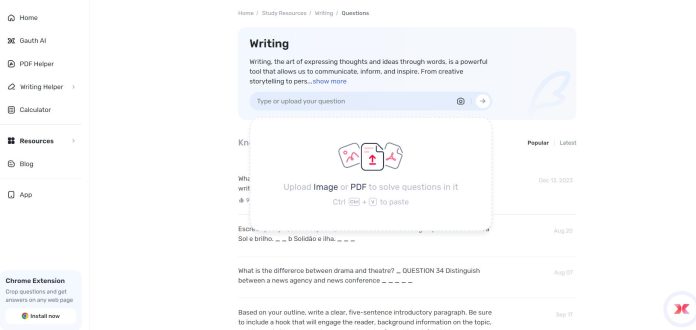Among the most common types of essay in terms of both purpose and format, familiarity with several forms of essays—all including narrative, persuasive, and descriptive—is important for all who are writing to improve their skills. For school, college, or professional purposes, familiarity with these forms furthers clarity and creativity in communications. Additional aid is available through the services of an AI-based homework assistant such as Gauth. Visit Gauth’s website for easy access to writing tools and guidance.
Narrative Essays
A narrative essay is a story on the real life of the author or events with which the author was personally involved, told in an interesting and detailed way. Such essays are produced for the purpose of involving the readers in the narrative so that they feel as though they are also witnesses to the events.
- Structure: Usually, a narrative essay is chronological. This is to say that it begins with an introduction; thereafter follows a series of events meant to highlight the transition up to a climax, after which usually, the essay ends in resolution.
- Tone: This concept should not be inextricably bound to the emotions of the author in reference to the topic; for it allows a connoisseur to enter the emotional and experiential worlds into which the narrator is inviting him or her.
- Purpose: A narrative essay is a story, but a story with a deeper meaning within the story: lessons learned or reflections over specific moments that make the essay much more than just a chronicle of events.
Persuasive Essays
The evidence and logic, therefore, must support a good argument.
- Structure: The format for a persuasive essay is straightforward. It has a good introduction that states the argument, body paragraphs that give reasons and proof, and a persuasive conclusion summarizing the stance.
- Tone: The tone of the persuasive essay has to be assertive and confident. The author has to make the reader feel well-informed and reliable as well in order to get the trust of the readers.
- Purpose: To convince the reader. This will involve a combination of sound reasoning and facts or even an appeal from the heart to make your argument more convincing.
Descriptive Essays
Descriptive essays focus on describing vividly a person, place, object, or any given event. This style of essay creates a real image before a reader’s mind, bringing an object or event alive through sensory descriptions.
- Structure: It’s a type of descriptive essay, so the structure depends on the topic; it usually involves an introduction that simply presents the subject, body paragraphs that go into particular details, and summarizing one’s overall impression.
- Tone: The descriptive essay’s tone is creative and imagination-driven, which drags the reader into the world created by the author.
- Purpose: To paint the picture for the reader. Rather than telling, descriptive essays show, thus creating a rich experience through the use of detailed imagery.
Conclusion
Mastery of multiple forms of essays-that is, writing a narrative essay, a persuasive essay, and a range of other types-is a critical component to achieving academic success. Building this knowledge will serve students in being able to develop clearer, more engaging, and more effective essays. Those who need just a little help, look no further than Gauth, which streamlined the process and made the quality of any essay second to none.















